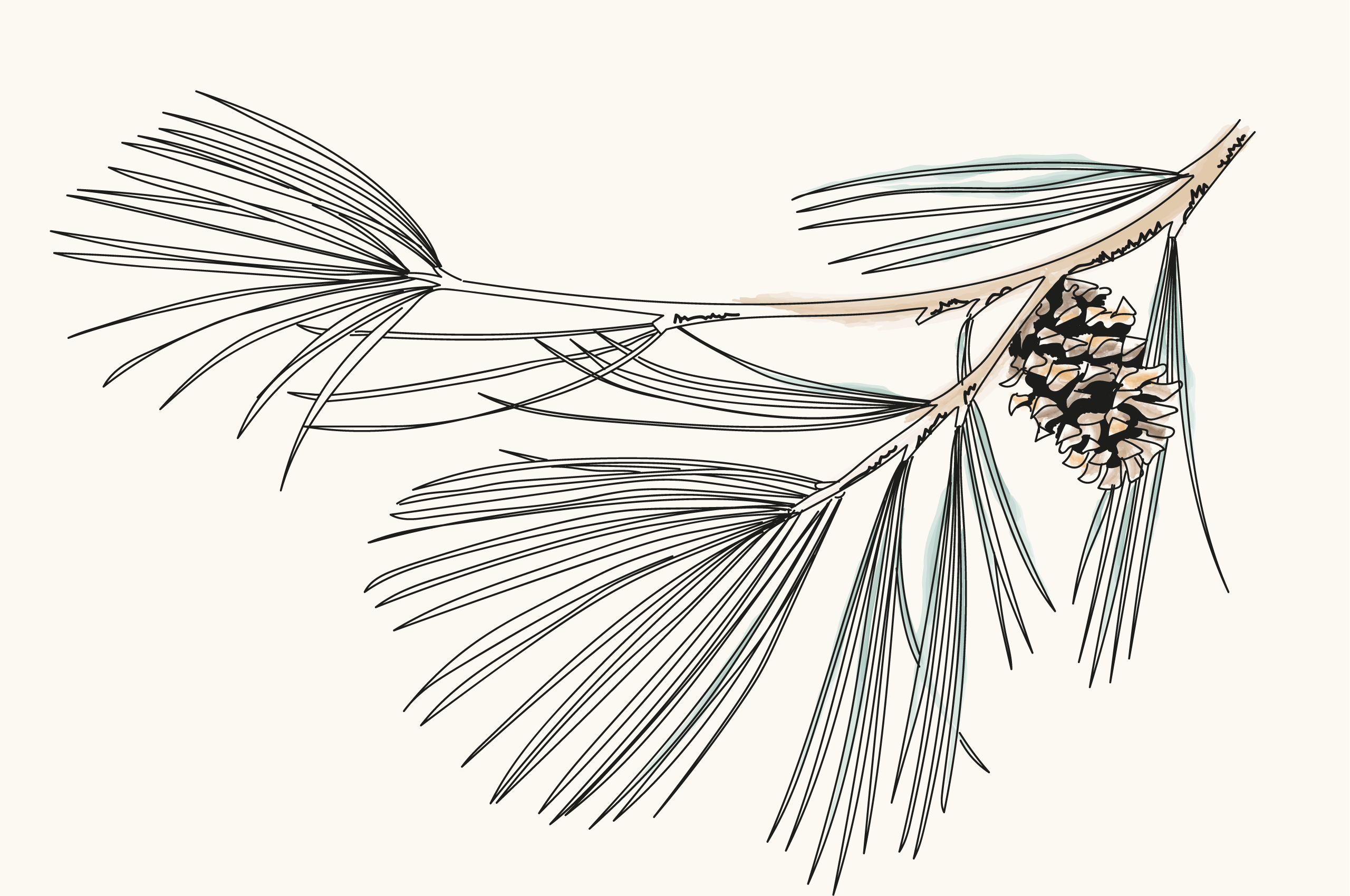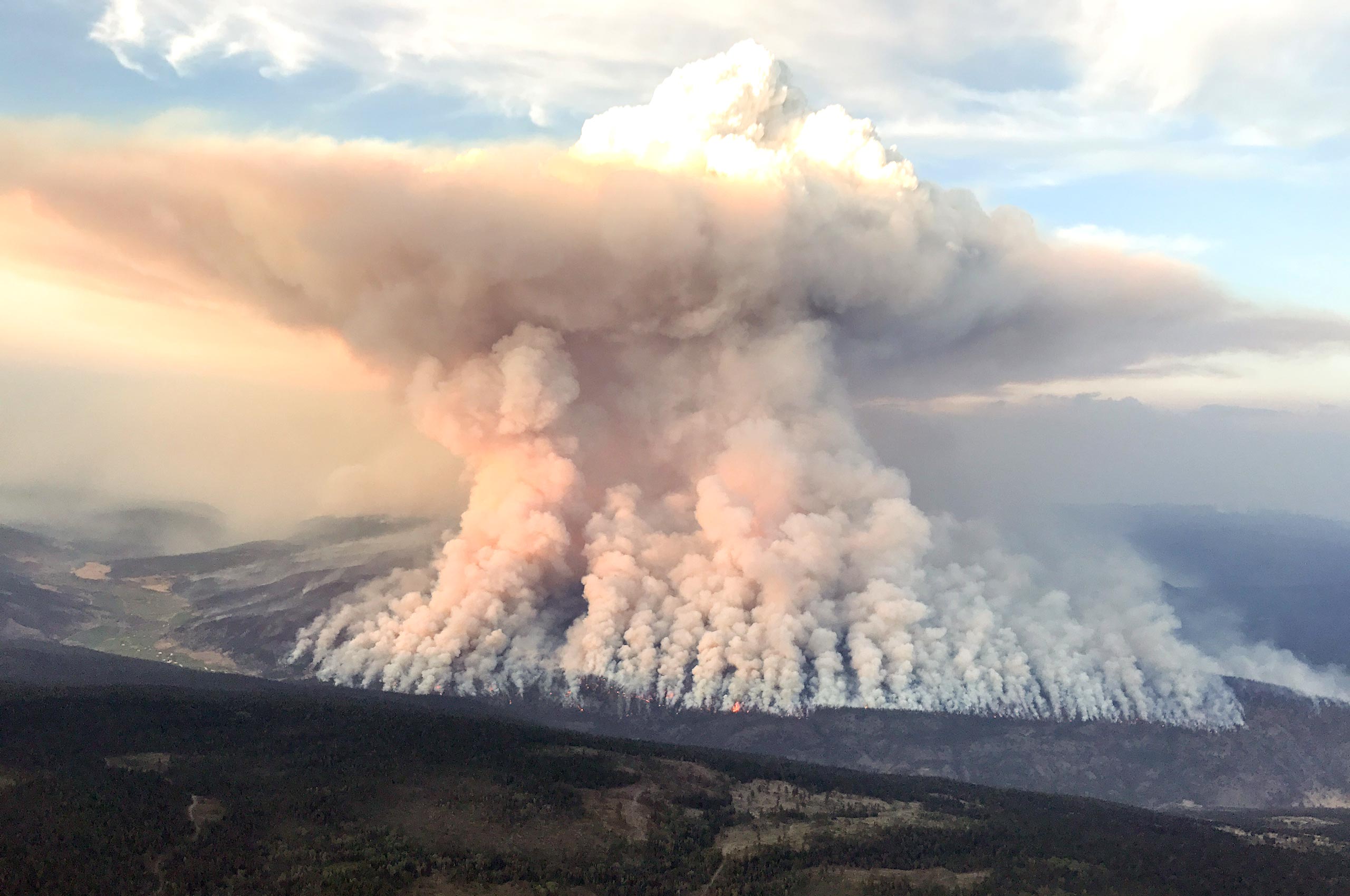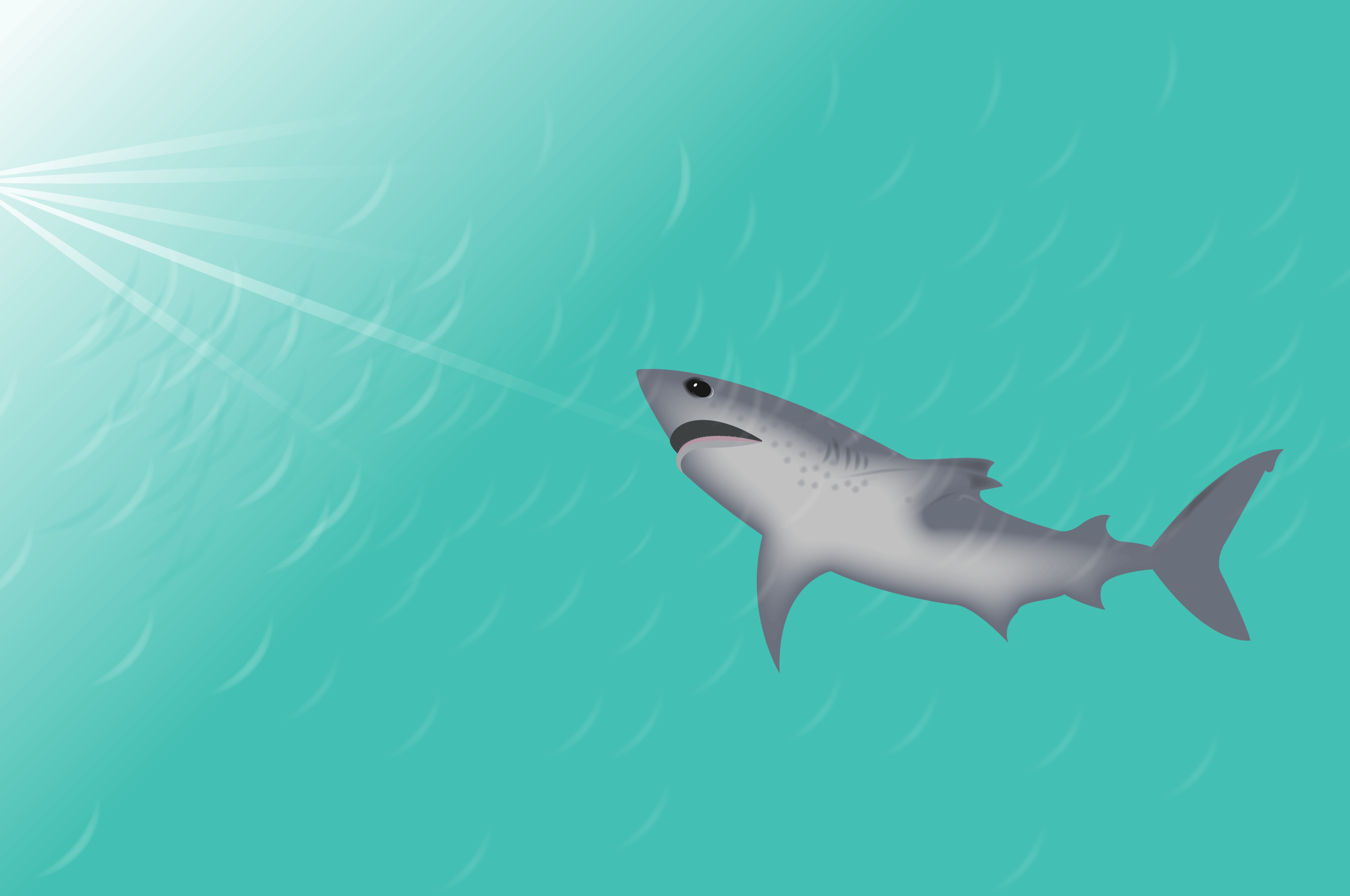BC is known for its verdant conifer forests. While its trees can be affected by various factors, they can also shape their own habitats in surprising ways. Fire is one major factor that can affect the state of an entire forest.
Douglas-Fir
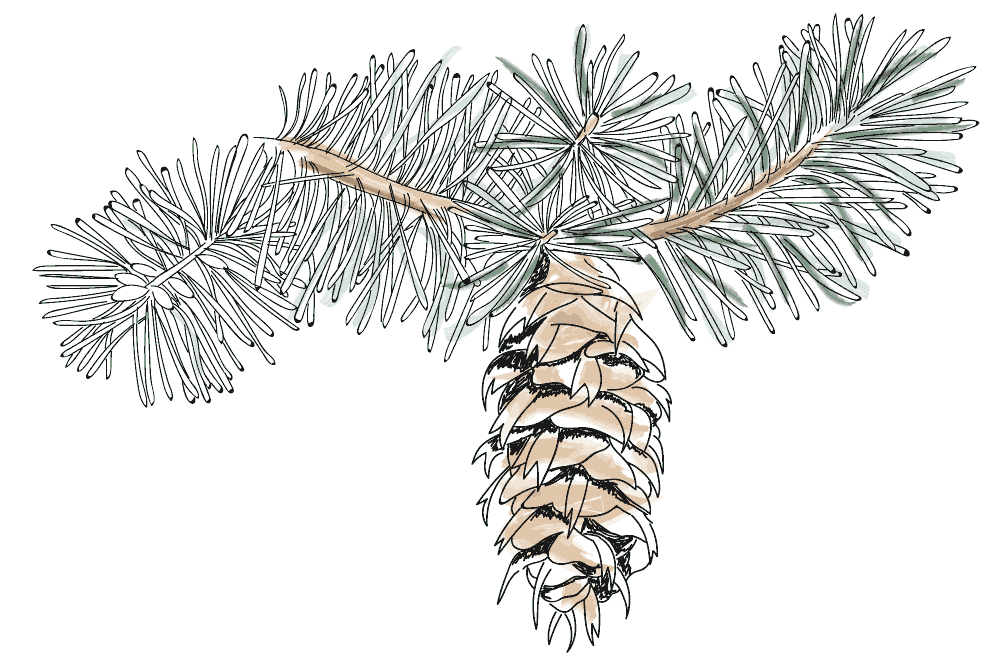
Scientific name: Pseudotsuga menziesii
Habitat: Found along the south coast to the Rocky Mountains. The species can occur as pure stands or in mixed conifer forests.
Height: 25–100 m
Diameter: 60–440 cm
In many conifer forests, Douglas-fir competes with ponderosa pine for space, sunlight, and nutrients. Forest fires can give ponderosa pine an advantage because of its higher tolerance to fire, according to a study in the Journal of Range Management.
Yellow Cedar
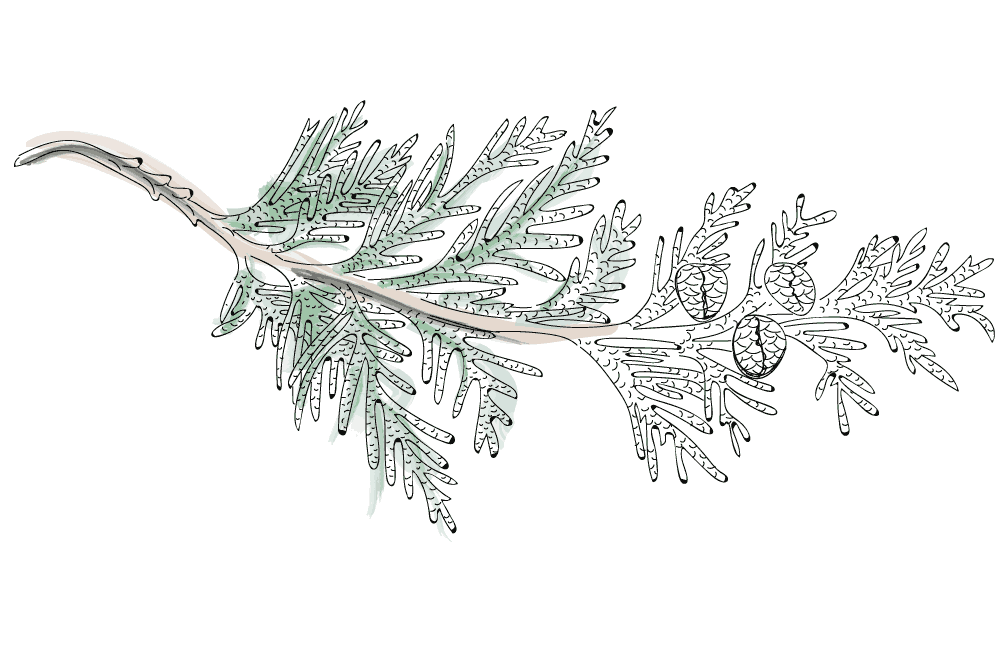
Scientific name: Callitropsis nootkaensis
Habitat: Found along the entire coast to the Coast Mountains. Usually present in wet habitats in mixed conifer forests but sometimes in pure stands.
Height: 15–40 m
Diameter: 30–200 cm
Although yellow cedar’s thin bark offers little resistance to fire, fire is not a factor in yellow cedar’s wet habitats, according to the US Department of Agriculture’s Fire Sciences Laboratory database. Yellow cedar will establish itself in a burned area via wind-dispersed seeds from adjacent unburned areas of forest.
Ponderosa Pine
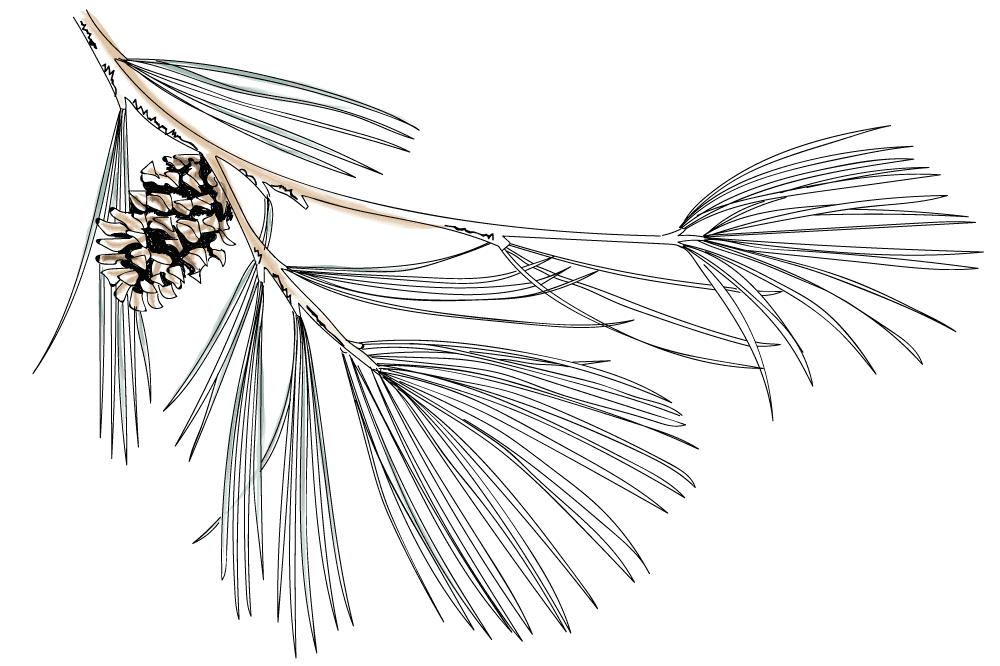
Scientific name: Pinus ponderosa
Habitat: Found along the south coast, but mostly present in the mountains of Interior BC. The species can occur as large pure stands or in mixed conifer forests.
Height: 18–72 m
Diameter: 80–250 cm
Ponderosa pine is resistant to low-intensity fire. As reported in the Canadian Journal of Forest Research, fire-scorched soil beneath the ponderosa pine helps seeds to grow and for the pine to regenerate into new forests.
Lodgepole Pine
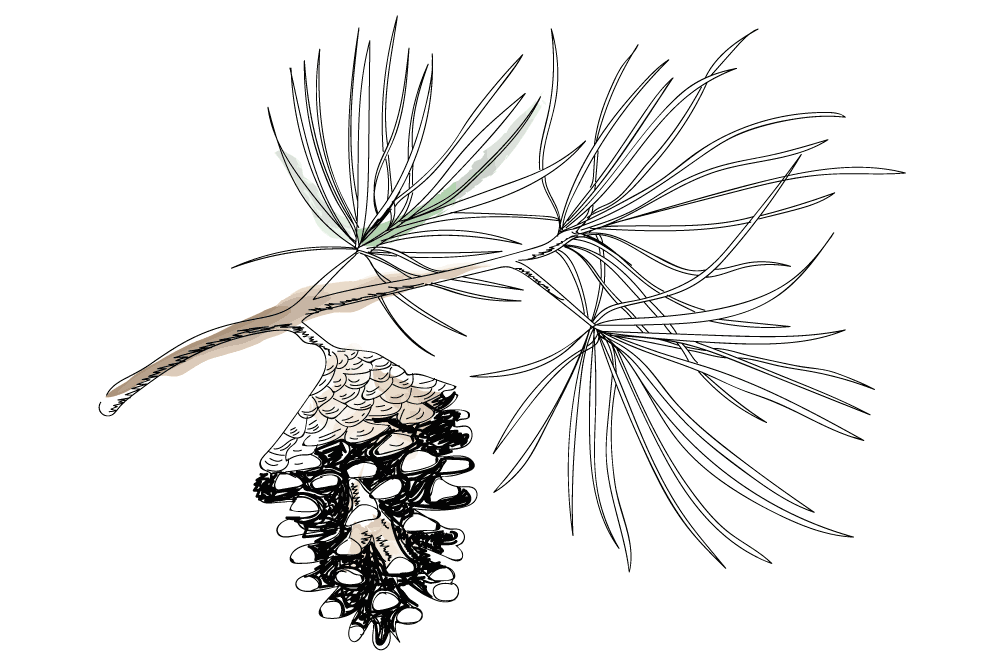
Scientific name: Pinus contorta
Habitat: Found along the entire coast to the Rocky Mountains. The species can occur as large pure stands.
Height: 6–50 m
Diameter: 30–90 cm
Lodgepole pine cones will open when heated by a forest fire, and this species is usually the first to grow in a burned area. Without fire, lodgepole pine can grow old and weak and become susceptible to attacks by the mountain pine beetle, according to the Canadian Forest Service.
Sources
Tree identification information from Familiar Trees of North America, West and Trees of Western North America.





